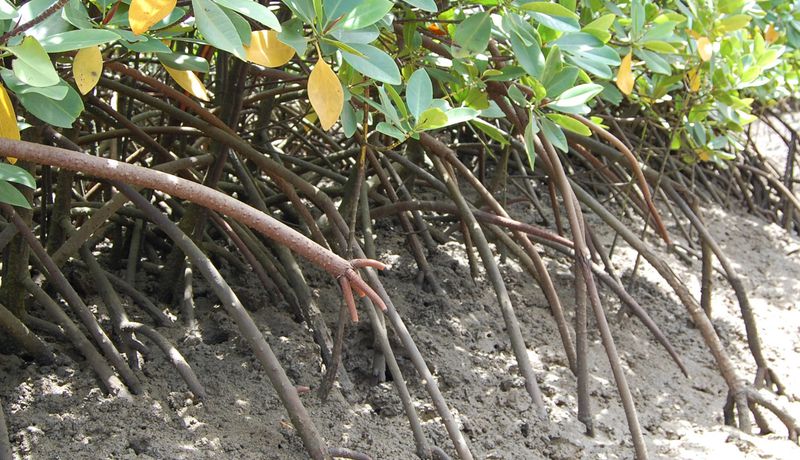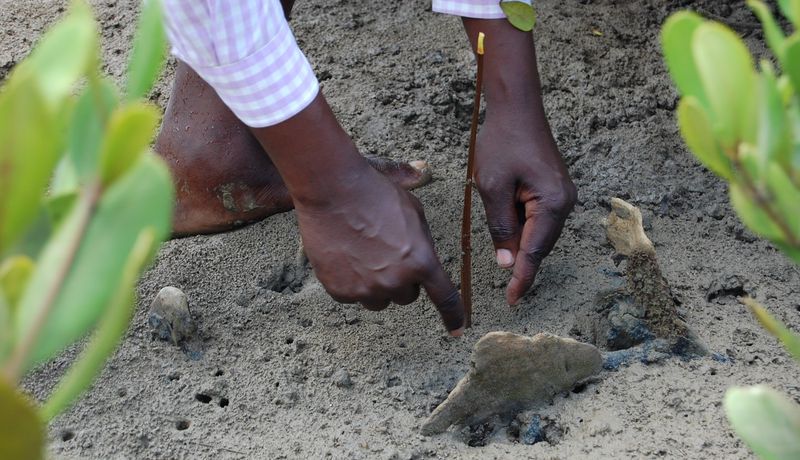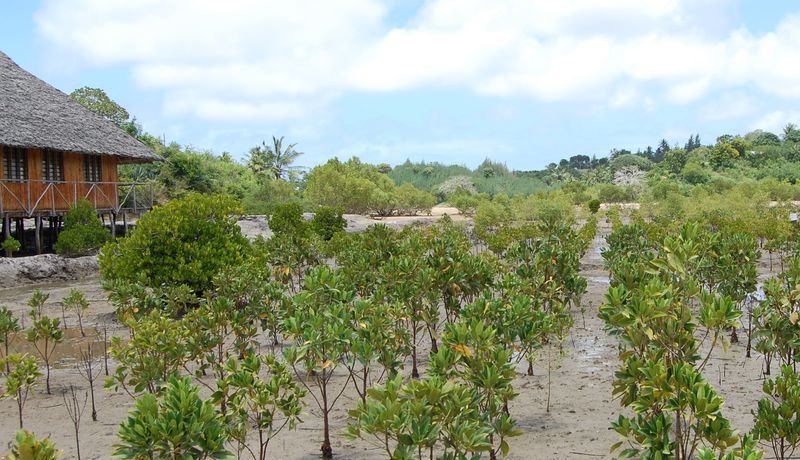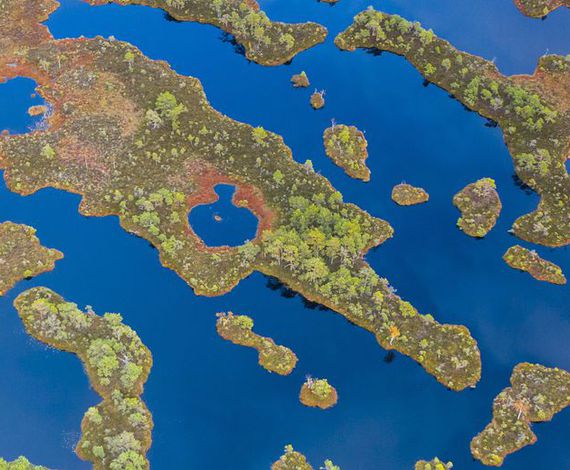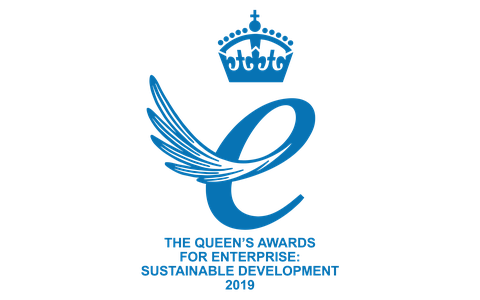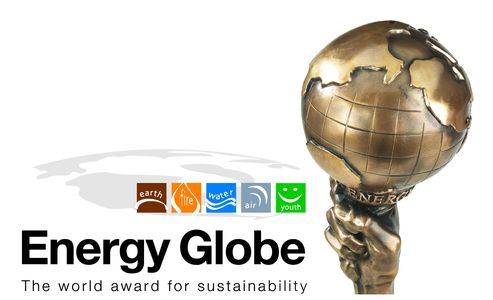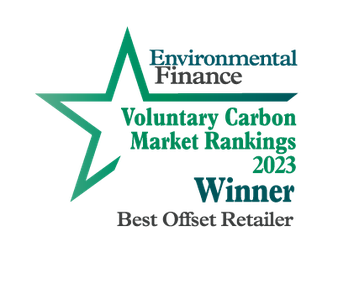Innovative blue carbon projects deliver one of the most valuable natural climate solutions as corporate programs generate the finance to scale projects around the world.
Among the most effective nature-based solutions, mangrove forests can store four times more carbon than rainforests. But mangroves are rare, accounting for less than one percent of tropic forests. And they are increasingly under threat. An estimated 20-35% of mangroves have been lost globally since 1980. Protecting and restoring mangroves is not only essential to addressing climate change but also supporting the livelihoods and welfare of coastal communities in some of the most vulnerable areas.
According to Project Drawdown, “the soil of mangrove forests alone may hold the equivalent of more than two years of global emissions—22 billion tons of carbon, much of which would escape if these ecosystems were lost.” Additionally, “Protecting 6.1-7.2 million hectares of currently degraded coastal wetlands by 2050 and allowing natural regrowth to occur sequesters 0.99-1.1 gigatons of carbon dioxide by 2050.” Moreover, mangroves provide a vital natural resource, supporting livelihoods, and buffering against storm surges and increasingly severe weather events.
In light of sobering reports on the state of nature and biodiversity loss, the environmental community, governments, and others have rallied behind the goal to protect 30% of the land and 30% of the ocean by 2030. In a breakthrough for conservation, the U.S. recently committed to the same. Mangroves and other blue carbon ecosystems, such as seagrass beds, tidal marshes and other marine and coastal vegetated ecosystems, are part of the solution.
Recognizing the value of mangroves as a natural climate solution, our corporate partners are increasingly interested in financing carbon removal activities as part of their overall climate strategies. reducing and avoiding emissions. In response, Climate Impact Partners launched Million Mangroves in 2018 to harness the power of business and unite it with the power of mangroves around the world.
With support from clients and project partners on the ground, we have reached a significant milestone for the protection and restoration of nature and biodiversity with combined commitments to restore half a million mangroves across Kenya, Mexico, and Indonesia. At the same time, through our work in Verra’s Blue Carbon Working Group, we are developing new approaches and methodologies to measure and monitor mangrove projects to ensure their critical role is valued.
“Restoring degraded mangroves and conserving existing patches of mangroves will create ‘green shields’ that will protect vulnerable coastal communities from the adverse impacts of climate change and absorb millions of tons of carbon dioxide from the atmosphere,” says Oliver Crouch, our Chief Product Officer. “In 2021, our objective is to scale our Million Mangrove restoration activities, to create measurable and verifiable emission reductions that will generate an additional income for the communities working to restore these ecosystems in the long run.”
Protecting nature today, restoring it for the future
Already, the Million Mangroves initiative has positively impacted five projects globally. Since it began, we have achieved several milestones at the project level—and the work continues.
Indonesia, Borneo—Our first restoration location is entering the third year of planting this year.
Mexico—We are entering our third planting season and targeting project registration under Verra’s Verified Carbon Standard (VCS) later this year.
Kenya—The project is entering the third planting season and targeting a VCS project registration in 2022.
China—The first location is expected to generate verified emission reductions (VCUs) this year.
Corporate leadership on blue carbon solutions
The success of Million Mangroves is a result of growing corporate interest in strengthening and advancing natural climate solutions in coastal regions globally.
A recent announcement from Workday, a leader in enterprise cloud applications for finance and human resources, includes a commitment to advance blue carbon solutions:
“We know it’s not enough to just offset our carbon emissions, so we have invested in a new strategy: carbon removal. In an effort to remove and sequester carbon, we’re supporting a $1 million investment to scale up two natural climate solution projects focused on mangrove reforestation in Mexico and Kenya,” said Erik Hansen, Senior Director of Environmental Sustainability at Workday.
Other businesses from a range of industries globally have also committed to these protection and reforestation efforts, including SITA, Sky, and others.
Supporting community livelihoods
Much of a project’s success is determined by how well it is embraced by the local community, making stakeholder engagement at all levels a critical part of the program design and implementation. Valuing rather than exploiting mangrove forests can entail shifts in economic activities, including agriculture, aquaculture, urban development, and wood harvesting. Successful project implementation requires the involvement of local communities to evaluate the approaches that will ensure both people and planet benefit from the protection and restoration of these precious resources. Our project partners work closely with local groups to establish programmes for planting, maintaining, and protecting mangroves, providing support for long term resilience and sustainable livelihoods
As Arturo Zaldivar-Jimenez, the lead scientist of our project in Mexico, said, “This project is advancing community science, resilience to climate change, and a greater appreciation for natural climate solutions in a region that is otherwise dependent on extractive activities, such as oil drilling. The shifts we’re seeing within the community and the benefits they see from conservation will ensure our progress continues.”
What lies ahead for blue carbon finance
For the world to achieve the goals of the Paris Agreement and keep warming below 1.5°C, the role of blue carbon—among a host of other solutions—is increasingly critical. Currently, about half of CO2 emissions remain in the atmosphere while 25% is absorbed by land plants and trees, and the other 25% is absorbed into certain areas of the ocean, according to the U.S. National Oceanic and Atmospheric Administration.
“In addition to leveraging carbon finance towards mangrove conservation and restoration activities in 2021, through our work with Verra’s Blue Carbon Working group we are looking to explore the potential for emission reduction methodologies within the blue carbon fields of, sea grasses, and kelp seaweeds.” says Suraj Vanniarachchy, Natural Climate Solutions Manager, at Climate Impact Partners.
While we’ve reached an important milestone with the Million Mangroves initiative, there are still many opportunities to advance that makes corporate climate action as impactful than ever.

Delivering Biodiversity Impact
We work with our clients and partners to build a nature positive strategy to enhance biodiversity and complement climate goals.
Read more
Biodiversity and climate investment: interview with Saskia Feast
We spoke to Saskia, MD of Global Client Solutions, about the importance of investing in nature and biodiversity to complement climate goals.
Read moreLatest News
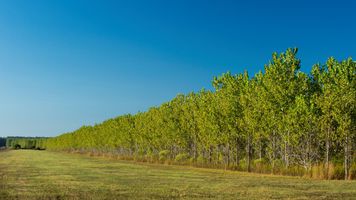
Climate Impact Partners comments on SBTi's support of carbon credit use for Scope 3 abatement
Sheri Hickok, CEO, shares her views on SBTi's statement of support for use of carbon credits towards scope 3 abatement targets.
Read more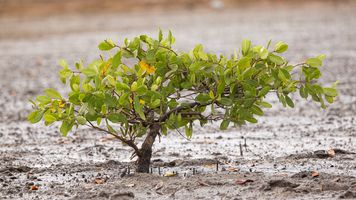
Climate Impact Partners and WeForest launch high impact mangrove restoration project in Senegal
Project combines rare high impact voluntary carbon market removal credits with innovative technology use to improve understanding of biodiversity.
Read more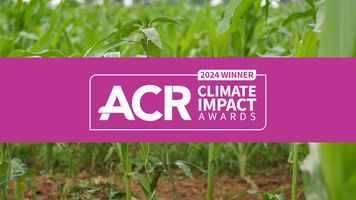
Climate Impact Partners receives 2024 Corporate Excellence Award from ACR
Hailed as a model of excellence, Climate Impact Partners was recognized for helping companies embrace comprehensive and transformational climate action.
Read moreThe Latest Insights From
Climate Impact Partners

Save A Species: Recovering trees from extinction
The Save A Species program empowers companies to promptly engage in biodiversity conservation and restoration initiatives.
Read more
Capturing carbon: A snapshot of women on the climate frontline
Journey through the camera lens straight to the heart of climate action projects we work with around the world, understanding their impact on women and girls.
Read more
CORSIA: The 100 million tonne question
Rob Stevens, Director of Product Development, is helping pave the (run)way for CORSIA - the market-based carbon reduction scheme for airlines.
Read more
